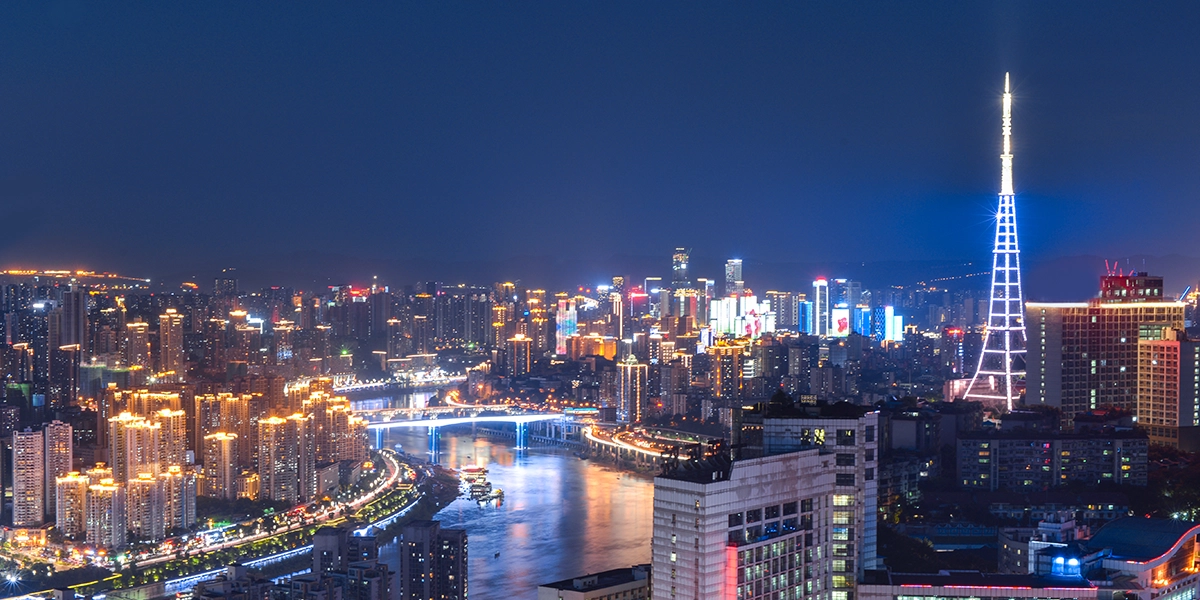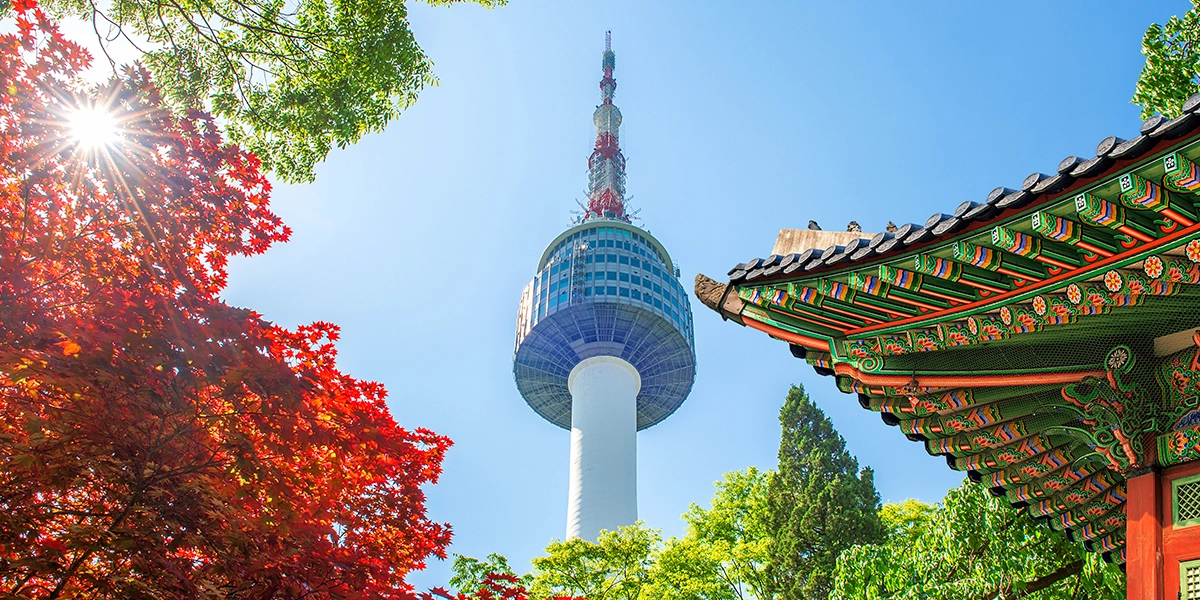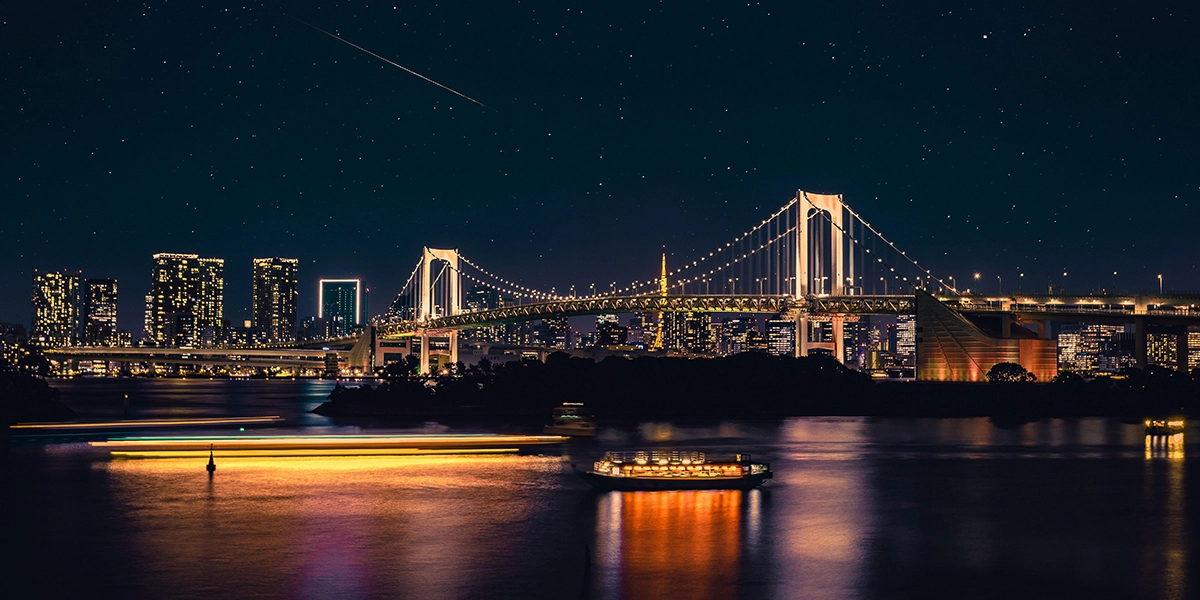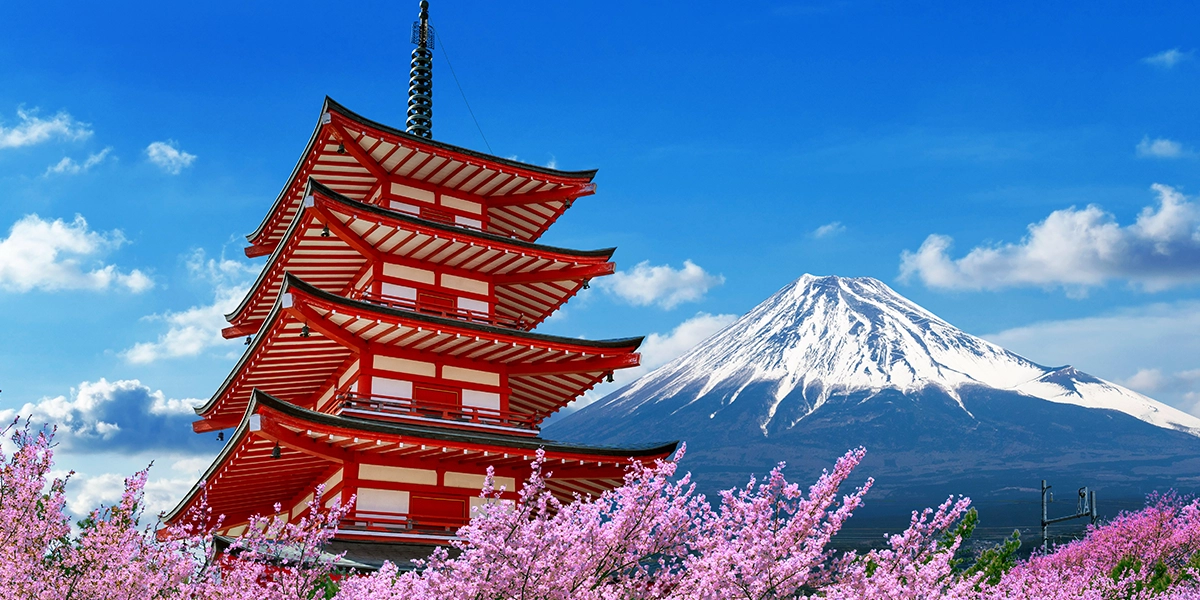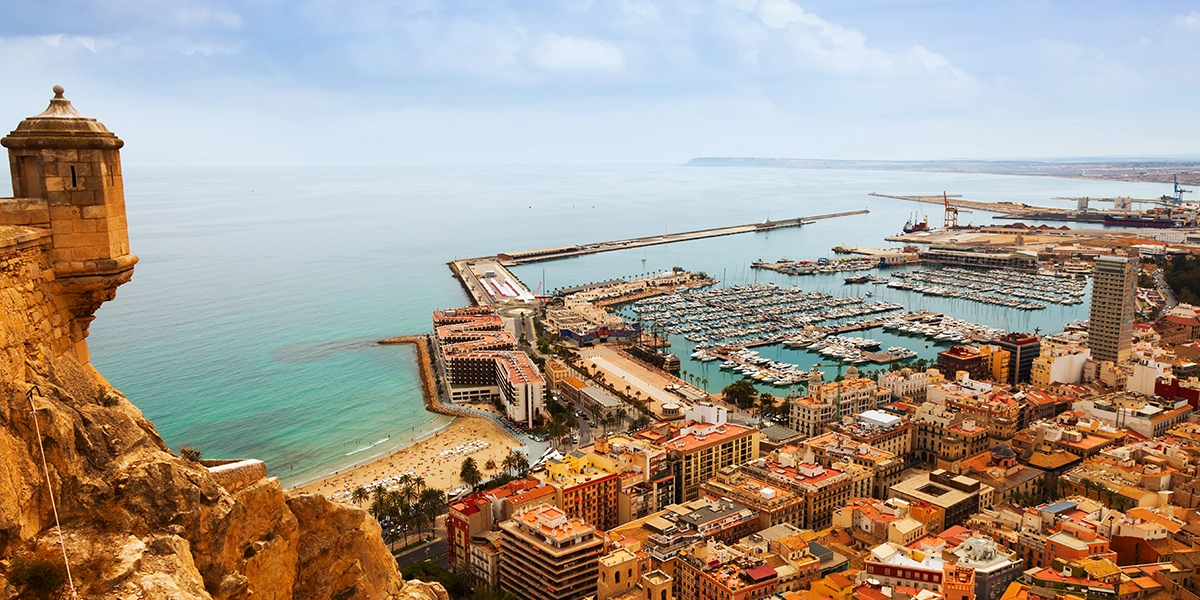Paris, the city of elegance and art, extends far beyond its most famous landmarks. Explore the richness of the French capital by discovering these lesser-known yet equally enchanting treasures. Here are 9 facts about Paris that you should know, in case you want to make a school trip there.
Saint Exupéry Museum: Encounter with "The Little Prince"
The Saint Exupéry Museum, situated in the heart of Paris, serves as a testament to the adventurous spirit of its namesake. Antoine de Saint-Exupéry, a pioneering aviator, played a crucial role in the early days of airmail delivery. Visitors can explore his contributions to the aviation world, including his time as a pilot for Aéropostale in the deserts of South America, experiences that later inspired his literary works.
At the core of the museum lies an in-depth exploration of Saint-Exupéry's literary legacy, notably his masterpiece, "The Little Prince." The exhibition showcases original manuscripts, illustrations, and personal artifacts, providing an intimate look into the creative process behind this beloved novella.
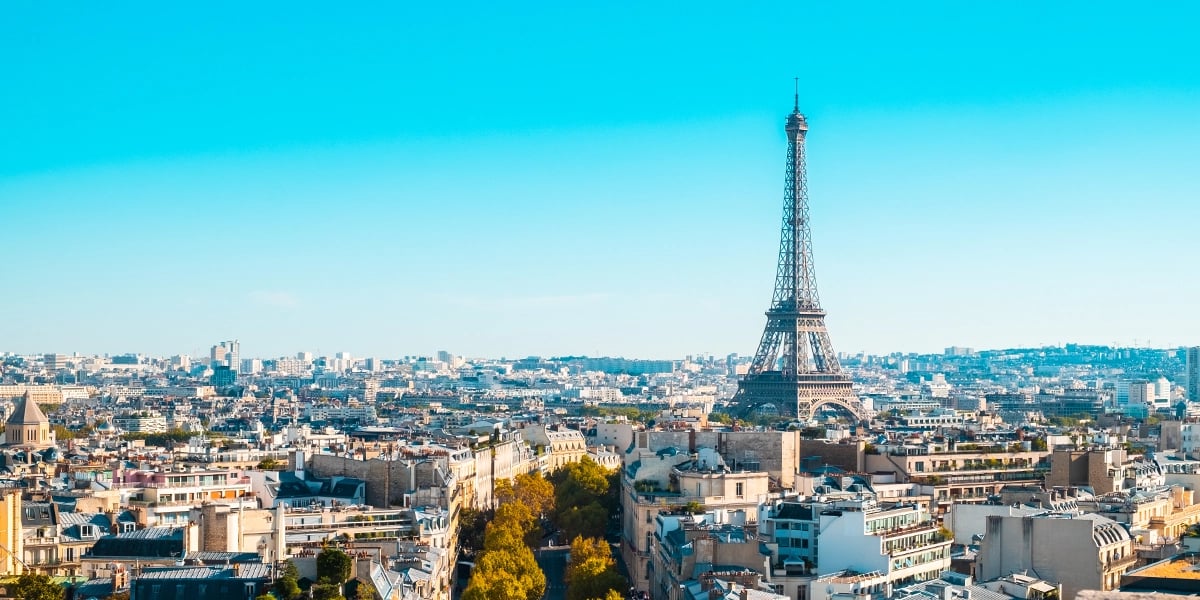
Galerie Lafayette: Where Fashion Meets Elegance
Opened in 1912 on Boulevard Haussmann, the Galeries Lafayette is not just a retail space; it's an architectural marvel that reflects the grandeur of Paris itself. The stunning Belle Époque building, with its exquisite glass dome and ornate balconies, is a testament to the city's commitment to blending elegance with commerce. As you step inside, you're not merely entering a store; you're stepping into a world where fashion, art, and architecture converge seamlessly.
Galerie Lafayette is a fashion aficionado's paradise, boasting an unparalleled selection of luxury brands, designer collections, and avant-garde styles. From haute couture to ready-to-wear, the store curates a diverse range of fashion, ensuring that every visitor finds a piece that resonates with their unique style.
Museum of Natural History: Exploring Biodiversity
Established in 1793, the Museum of Natural History holds the distinction of being one of the oldest natural history museums in the world. Steeped in history, its grand architecture and lush surroundings in the Jardin des Plantes provide an enchanting backdrop for a journey through the wonders of the natural world.
The museum's commitment to education is evident in its interactive exhibits designed for visitors of all ages. Children and adults alike can engage with hands-on displays, participate in workshops, and explore interactive installations that bring scientific concepts to life. That’s why it is very recommended for a school trip to Paris.
Latin Quarter: Tradition and Vitality
The Latin Quarter earned its name from the medieval tradition of scholars and students conversing in Latin. As one strolls through its winding streets, flanked by cobblestone alleys and ivy-covered facades, it's impossible not to feel the echoes of history. The quarter's medieval roots are evident in landmarks like the Sorbonne University, founded in 1253, which remains an enduring symbol of intellectual pursuit.
At the heart of the Latin Quarter lies the venerable Sorbonne University, an academic powerhouse that has nurtured some of history's greatest minds. The university's iconic buildings and courtyards provide a captivating backdrop for exploration, and visitors can almost feel the intellectual energy that permeates the air.
Trocadéro Square: Unparalleled View of the Eiffel Tower
At the heart of Trocadéro Square, the Palais de Chaillot serves as an elegant backdrop, enhancing the square's regal ambiance. The palace, constructed for the 1937 International Exposition, houses museums and theaters, and its symmetrical wings create a harmonious setting that complements the grandeur of the Eiffel Tower. The palace's neoclassical architecture, adorned with sculptures and reliefs, adds a touch of timeless sophistication to the square.
The square is adorned with two stunning fountains, the Warsaw Fountain and the Varsovie Fountain, which not only add aesthetic beauty but also contribute to the square's dynamic atmosphere. These fountains, adorned with powerful allegorical sculptures, symbolize the spirit of freedom and cooperation.
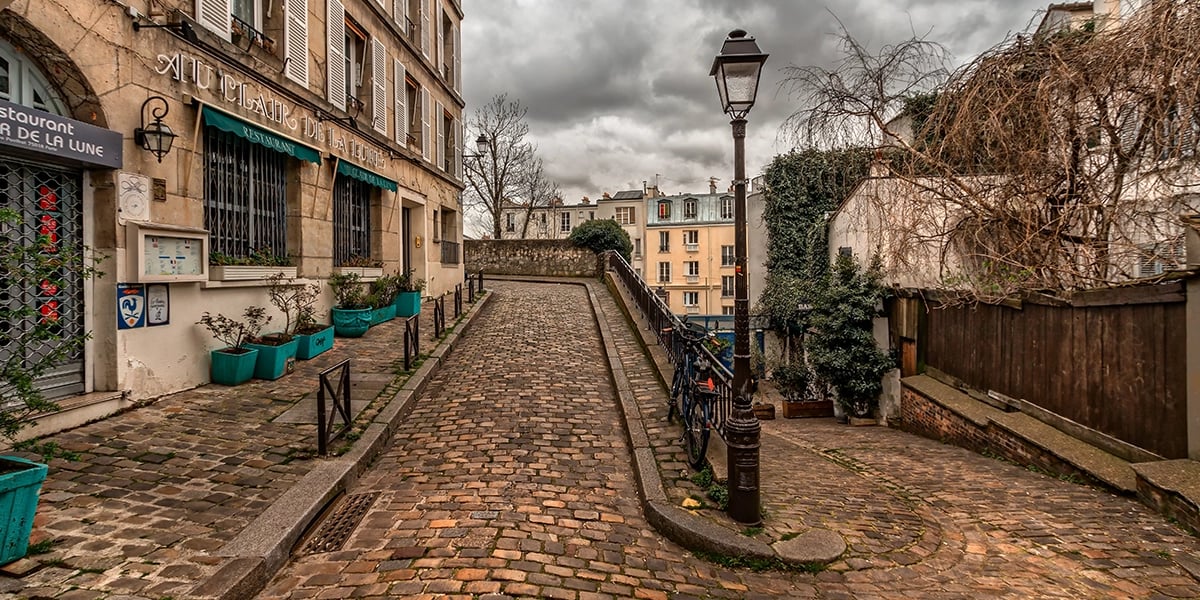
Saint Germain: Elegance and Art in Harmony
Saint-Germain's allure can be traced back to the 20th century when it became a haven for artists, writers, and intellectuals. The famous Café de Flore and Les Deux Magots, iconic establishments along the Boulevard Saint-Germain, served as intellectual salons where luminaries like Jean-Paul Sartre, Simone de Beauvoir, and Albert Camus engaged in lively debates and discussions. Today, these cafés retain their historic charm, allowing patrons to immerse themselves in the bohemian spirit of a bygone era.
Wandering through Saint-Germain's streets reveals a treasure trove of chic boutiques, art galleries, and antique shops. Rue du Cherche-Midi and Rue de Rennes are lined with fashion houses and independent designers, offering a delightful shopping experience for those seeking the latest trends or unique, handcrafted pieces.
Passage Verdeau: Treasures from the Past in the Present
Constructed in 1847, Passage Verdeau is a testament to the architectural splendor of the 19th century. Its glass roof, adorned with intricate ironwork, allows natural light to filter through, creating an ambiance that is both intimate and ethereal. As visitors step into the passage, they are greeted by mosaic-tiled floors and ornate facades, each detail reflecting the craftsmanship and opulence of the era.
Passage Verdeau has long been revered as a haven for antique enthusiasts and collectors. Its narrow corridors are lined with boutiques specializing in vintage books, rare prints, antique furniture, and unique curiosities. From ornate pocket watches to century-old maps, every shop exudes an air of nostalgia.
Galerie Vivienne: Architectural Elegance
Constructed in 1823, Galerie Vivienne is a masterpiece of neoclassical architecture. Its glass roof bathes the passage in natural light, illuminating the mosaic-tiled floor and the ornate details that adorn the storefronts. The intricate ironwork, Corinthian columns, and statuesque sculptures create an atmosphere that transports visitors to a time when Paris flourished as a center of art and culture.
For book lovers, Galerie Vivienne is a literary paradise. The passage is home to quaint bookstores that beckon with their shelves filled with rare editions, vintage volumes, and literary treasures.
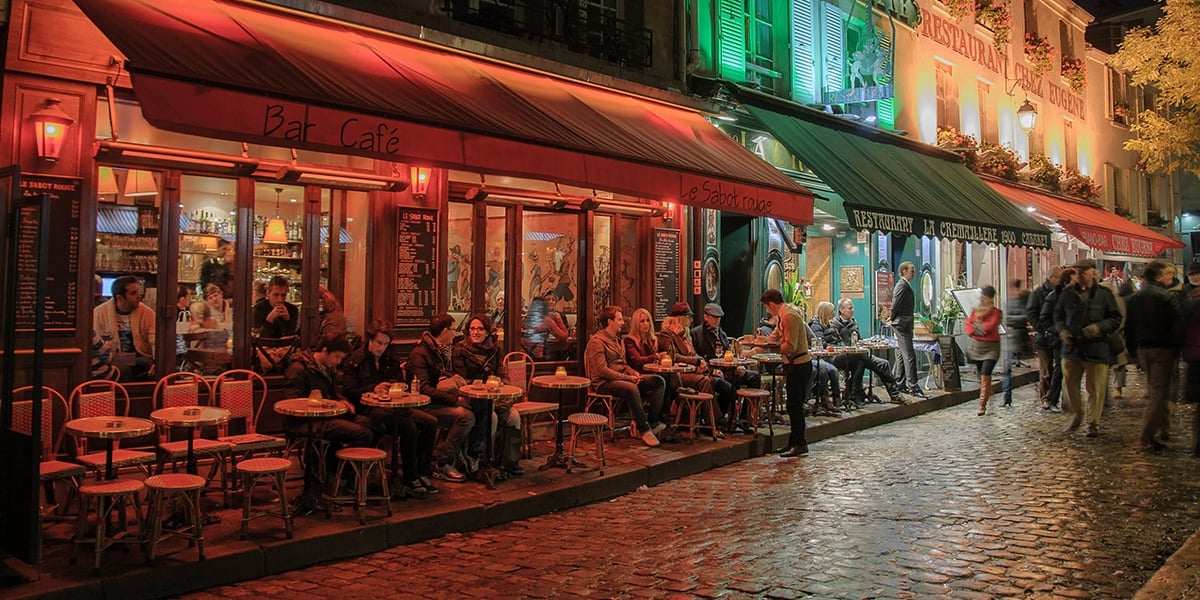
Champs-Élysées: Beyond Shopping
The Champs-Élysées has a storied history that dates back to the 17th century. Originally designed as royal gardens, it evolved into an impressive avenue during the 19th century under the guidance of Baron Haussmann's urban planning projects. Today, it stands as a testament to the city's rich heritage, blending the royal past with the modern allure of Paris.
For fashion enthusiasts, the Champs-Élysées is synonymous with luxury shopping. Renowned boutiques such as Louis Vuitton, Chanel, and Cartier line the avenue, inviting patrons to indulge in a world of high-end fashion and exquisite craftsmanship. The Champs-Élysées transforms into a fashion runway, where the latest trends and timeless elegance converge.
These lesser-known experiences will allow you to discover the authentic magic of Paris, a city that always has something new to offer to those who venture beyond its most famous places.


